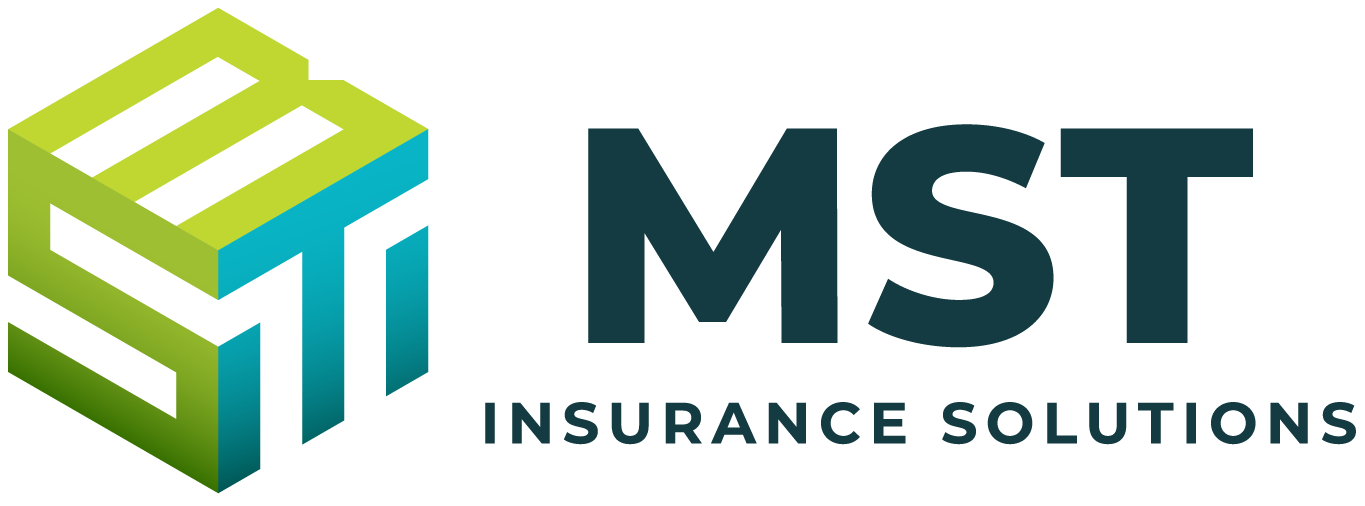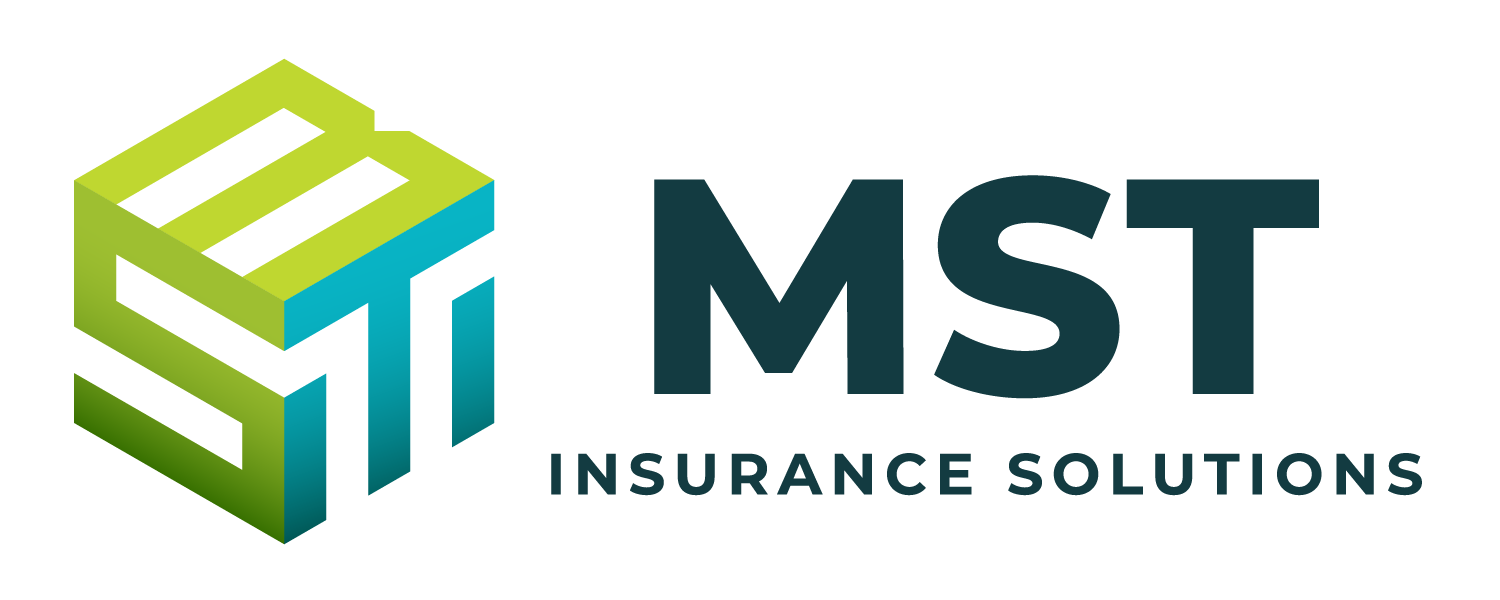The Occupational Safety and Health Administration (OSHA) recently closed a six-month investigation of a nitrogen leak incident that killed multiple employees at a poultry processing plant earlier this year. This tragic incident began when a freezer at the plant malfunctioned and started releasing liquid nitrogen—which is both colorless and odorless—into the air. From there, the oxygen in the freezer room was quickly displaced by nitrogen.
Shortly thereafter, three plant employees entered the freezer room, unaware that the leak had occurred. As a result, all three employees immediately succumbed to nitrogen exposure. Unfortunately, several more employees entered the freezer room before the leak was detected and subsequently resolved—thus contributing to additional fatalities and injuries. In total, the incident caused six deaths and left at least a dozen employees seriously injured.
During its investigation, OSHA discovered that the four companies responsible for conducting operations at the plant had committed a total of 59 health and safety violations.
These companies received nearly $1 million in fines for such violations. The violations included (but were not limited to) noncompliance with OSHA’s Hazard Communication Standard (29 CFR 1910.1200), Personal Protective Equipment Requirements (29 CFR 1910.132), General Duty Clause (Section 5(a)(1)) and Lockout/Tagout Procedures (29 CFR 1910.147). In particular, the companies failed to:
- Conduct hazard assessments regarding the risk of nitrogen exposure at the plant
- Implement necessary steps to prevent nitrogen leaks
- Educate employees on how to safely respond to a nitrogen leak incident
- Provide employees with appropriate protective equipment to safeguard against nitrogen exposure
Overall, OSHA emphasized that this incident likely could have been prevented if proper health and safety protocols were in place. Therefore, it’s crucial for employers to promote protective measures on-site and maintain compliance with applicable OSHA requirements. Doing so could make all the difference in preventing fatal incidents and avoiding costly fines. For additional OSHA updates, contact us today.
OSHA Introduces Revised Handbook for Small Businesses
In collaboration with the National Institute for Occupational Safety and Health, OSHA recently implemented revisions to its handbook for small businesses. The revised Small Business Safety and Health Handbook provides a range of tips and resources to help small business owners protect their employees from common occupational hazards.
This handbook discusses a variety of important topics—including fire protection, slip and trip prevention, hazard communication, respiratory protection and whistleblower regulations, among others. The handbook also contains several self-inspection checklists to better assist small business owners in evaluating the effectiveness of their existing workplace safety measures. For more OSHA resources, contact us today.
Federal Workers and Contractors Must Attest to COVID-19 Vaccination Status
President Joe Biden recently announced new actions aimed at strengthening COVID-19 prevention and mitigation protocols for federal employees and contractors. This announcement is not an executive order, but does impose additional workplace requirements for federal employees and contractors.
Every federal government employee and on-site contractor is now required to disclose their COVID-19 vaccination status. Federal employees and contractors who cannot attest to being fully vaccinated against COVID-19 will be required to wear a mask at work. This new requirement applies regardless of whether employees:
- Work in a location where COVID-19 cases are not surging
- Physically distance from all other employees or workplace visitors
- Follow any applicable travel restrictions
- Comply with routine COVID-19 screening or testing requirements
Vaccine Attestation Requirements
In addition to announcing this new requirement, the Biden administration also published model safety principles. These principles are aligned with the latest instructions issued by both the Centers for Disease Control and Prevention and OSHA. As a result, federal departments and agencies are expected to:
- Review the principles and incorporate them into their COVID-19 workplace safety plans
- Address how COVID-19 prevention and mitigation protocols apply to contractors and promote workplace safety
- Implement local requirements and restrictions within federal buildings and lands if communities adopt additional standards
For more COVID-19 information, contact us today.
For a copy of this notice, click here: OSHA Safety Cornerstones – Q3 2021

